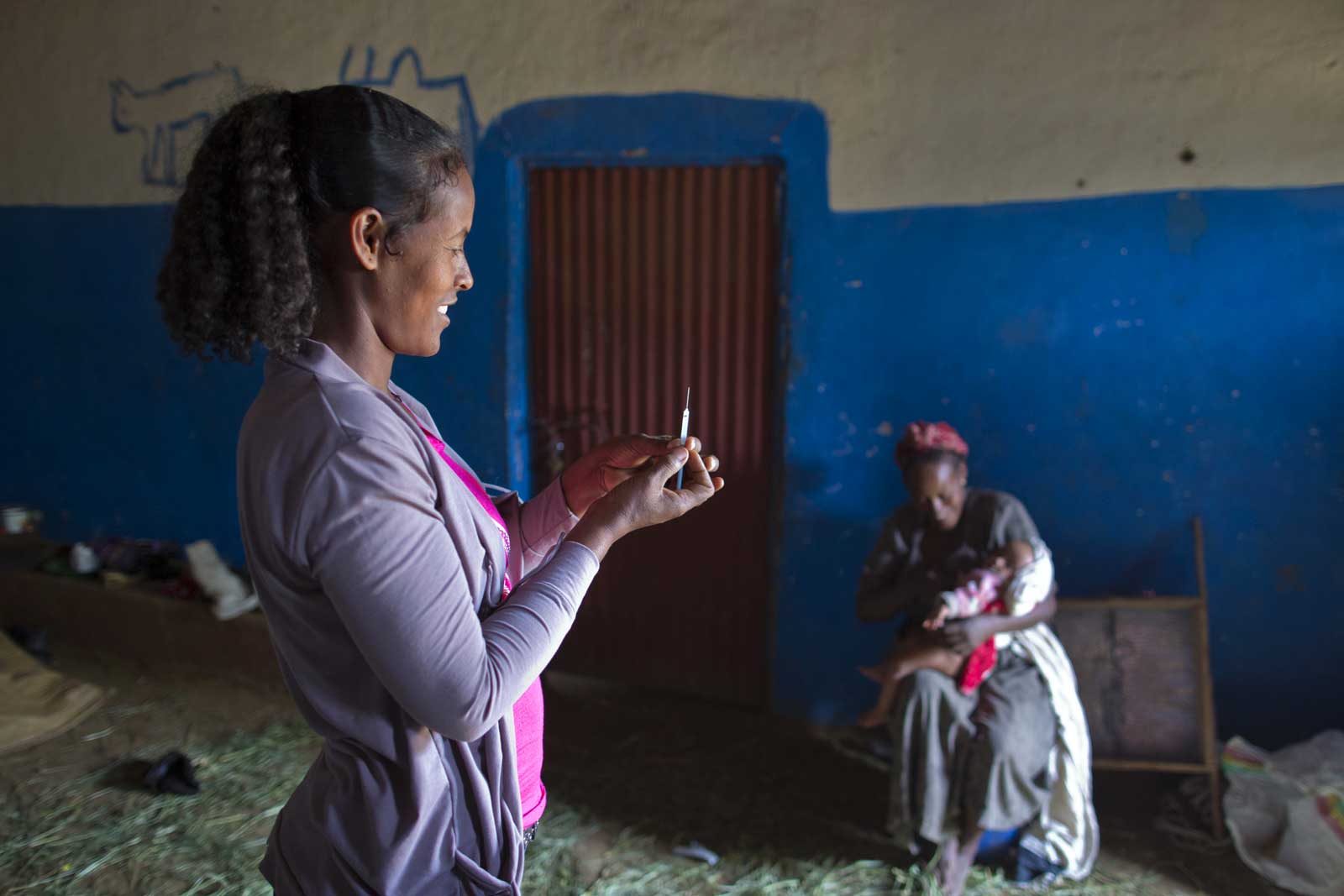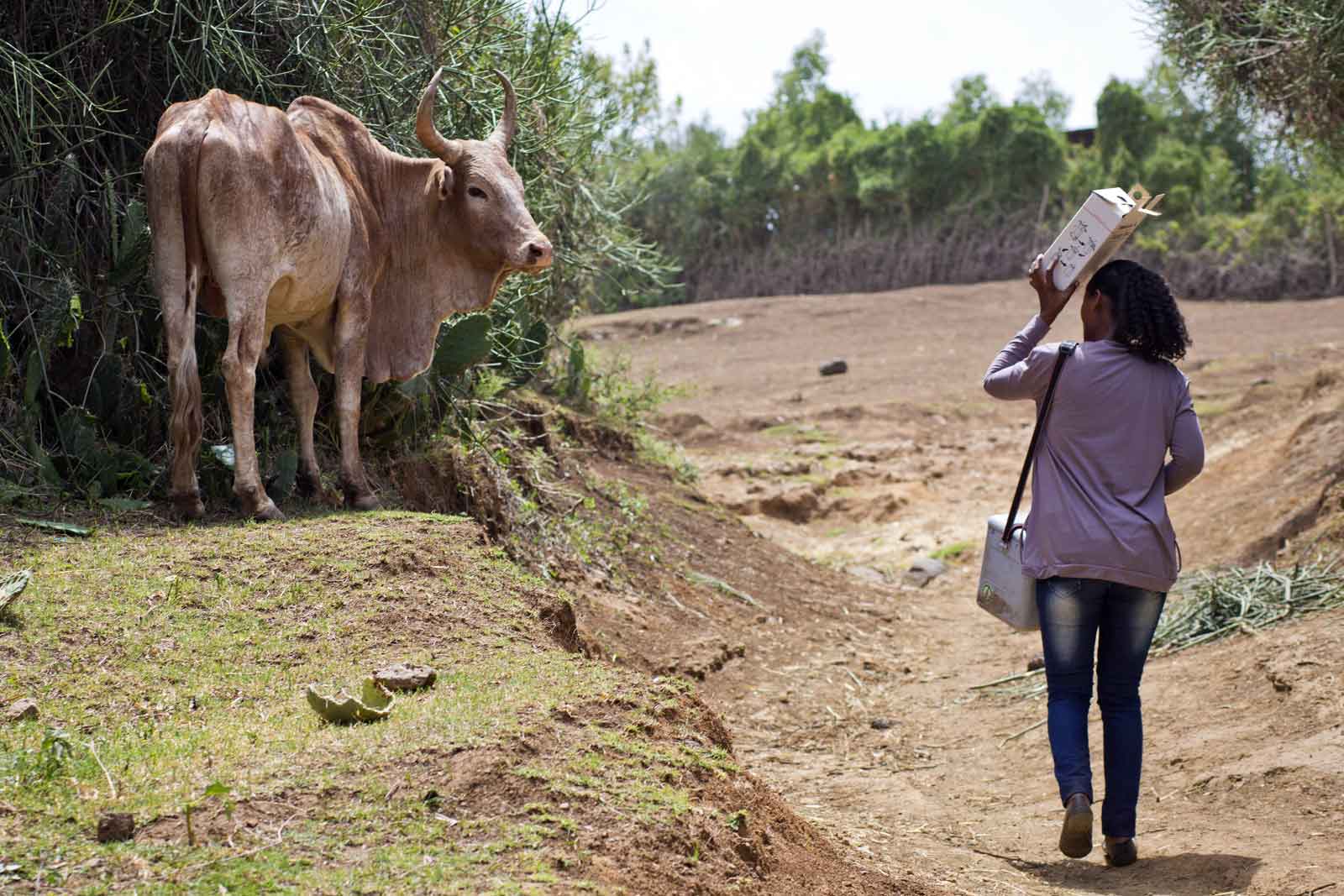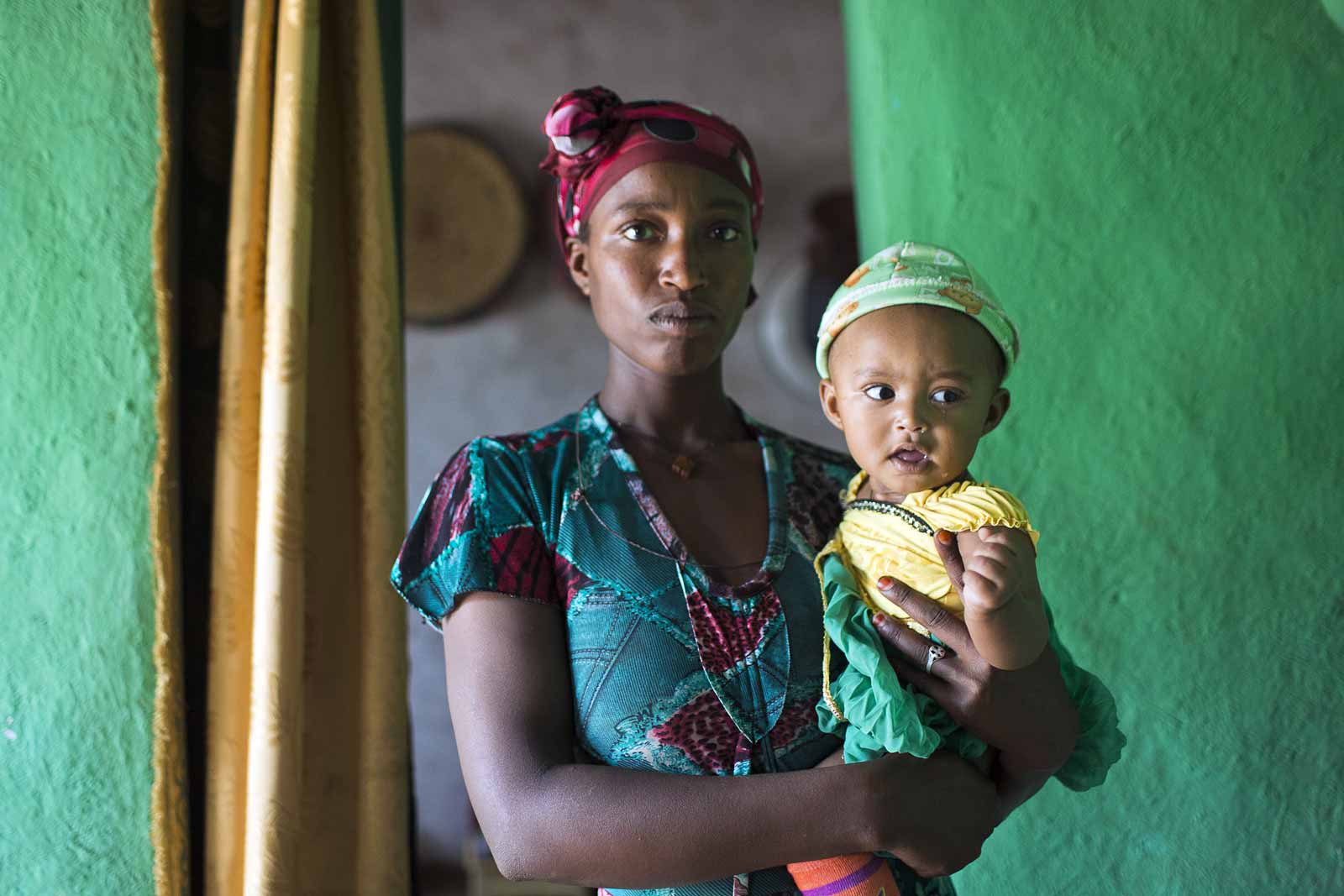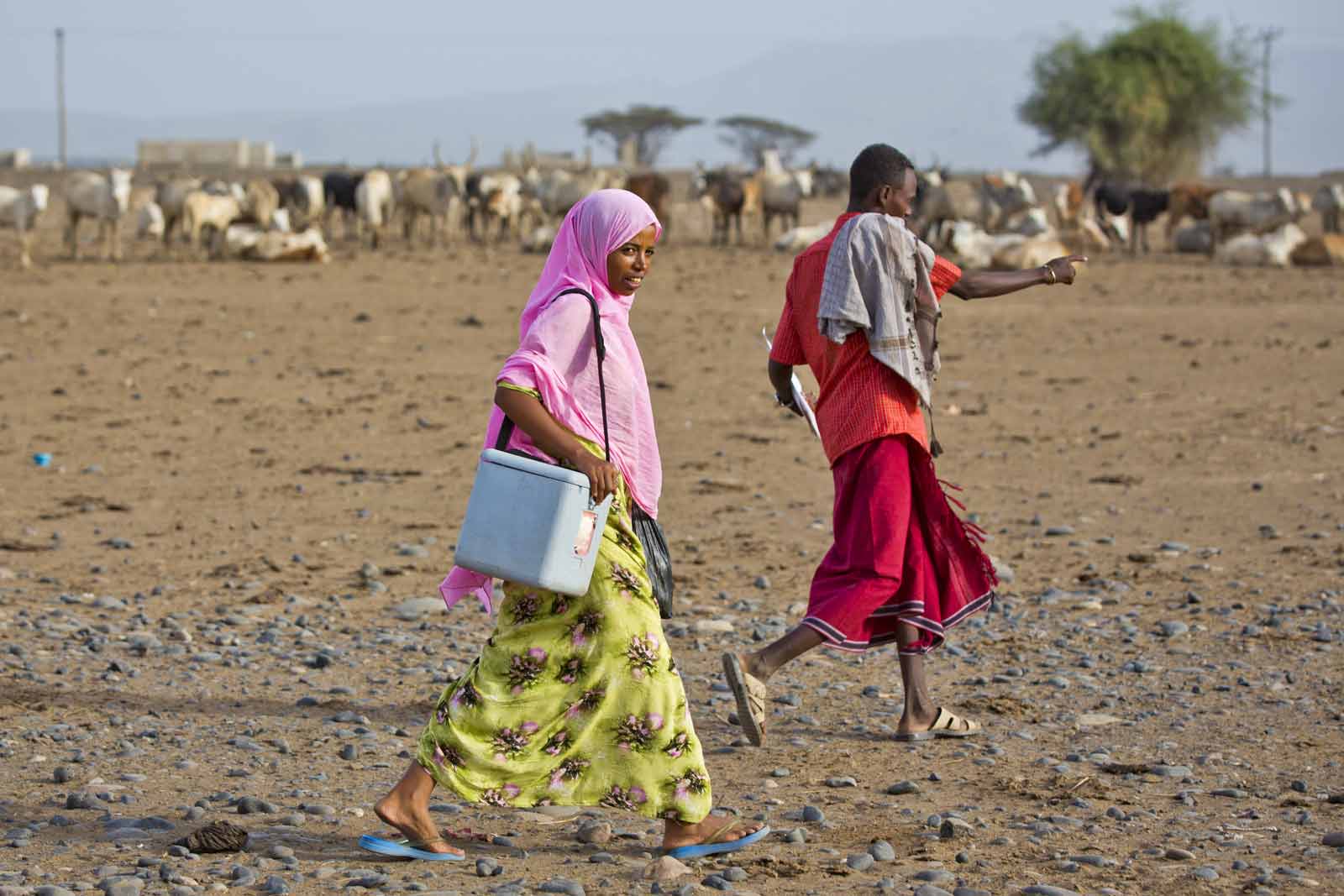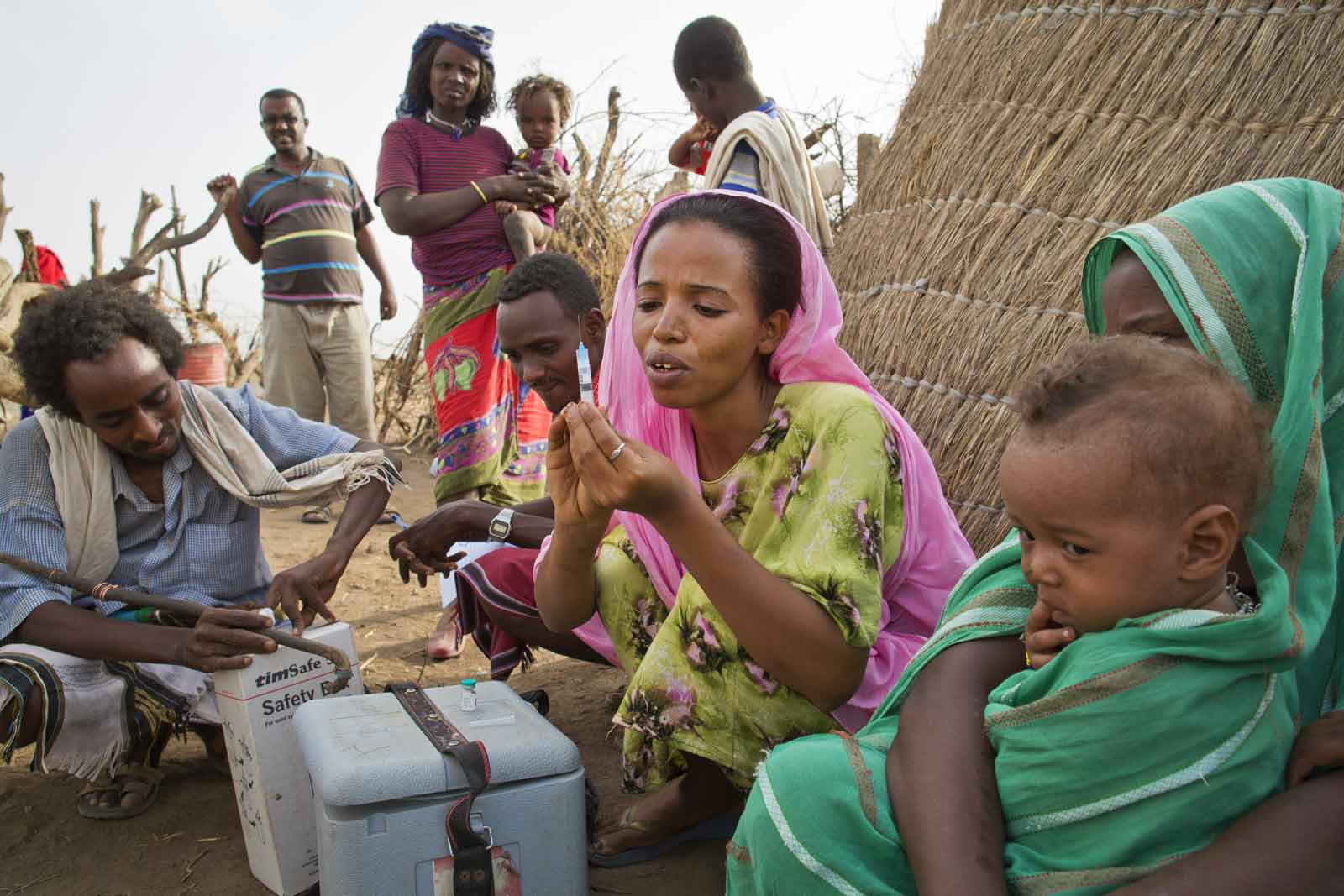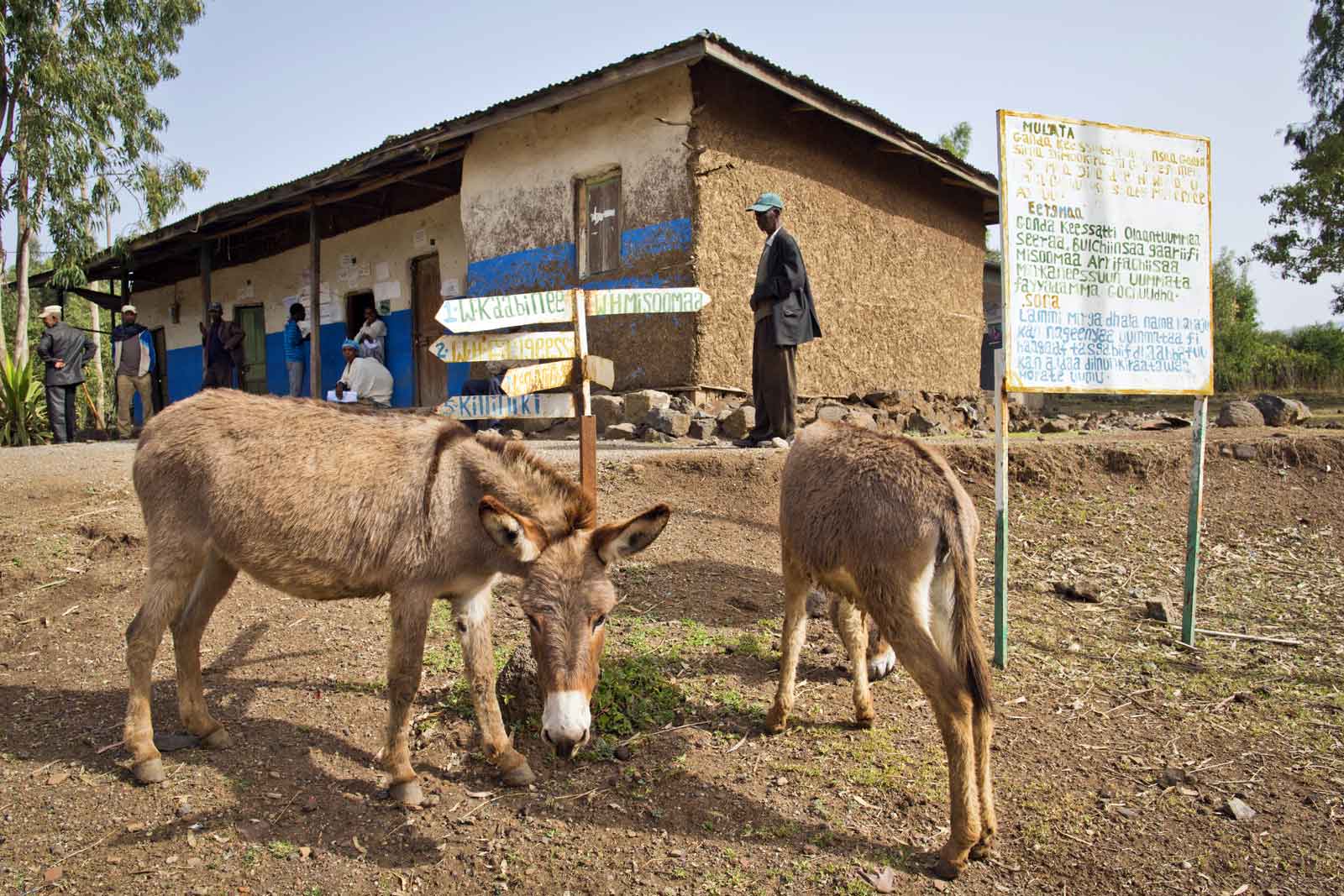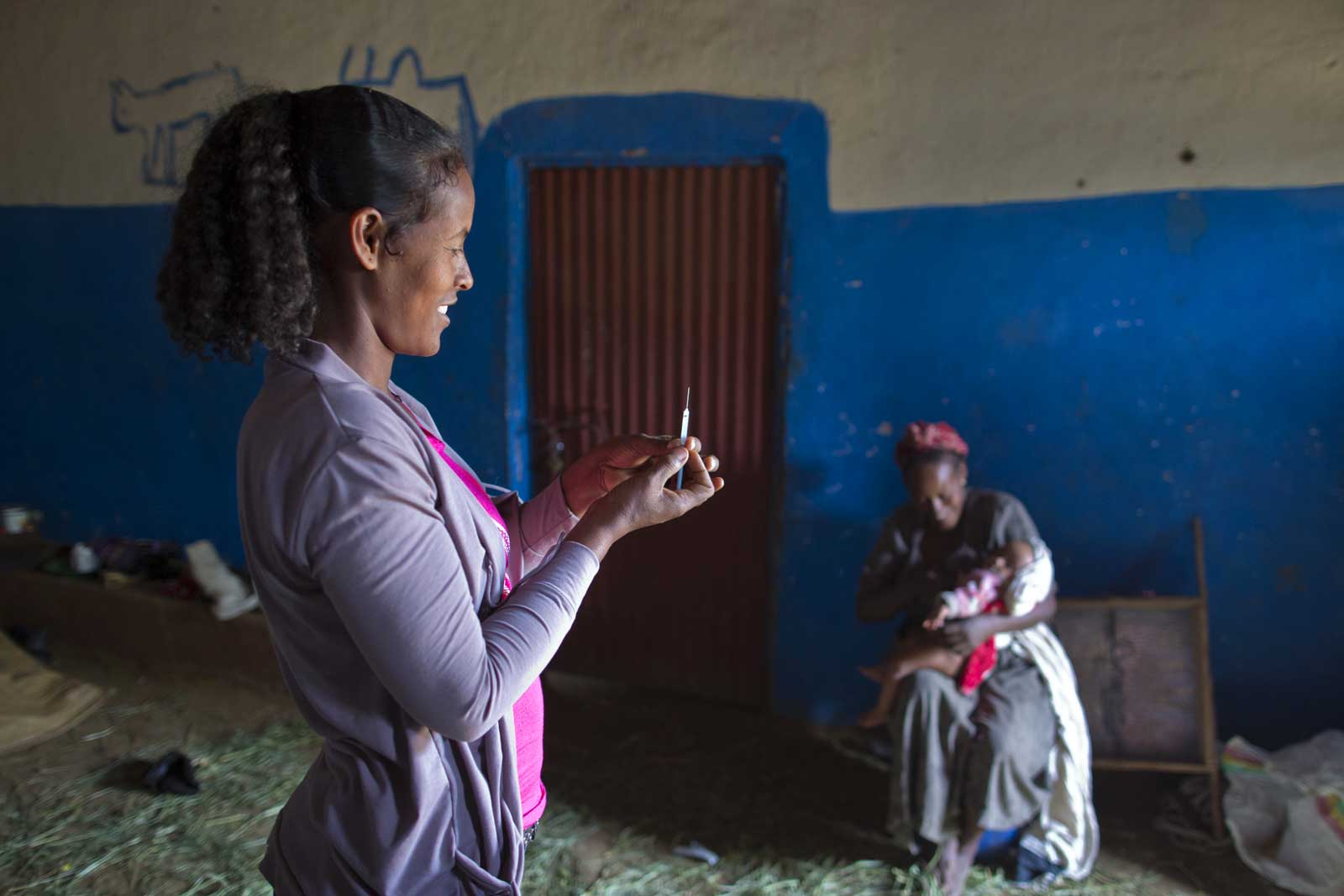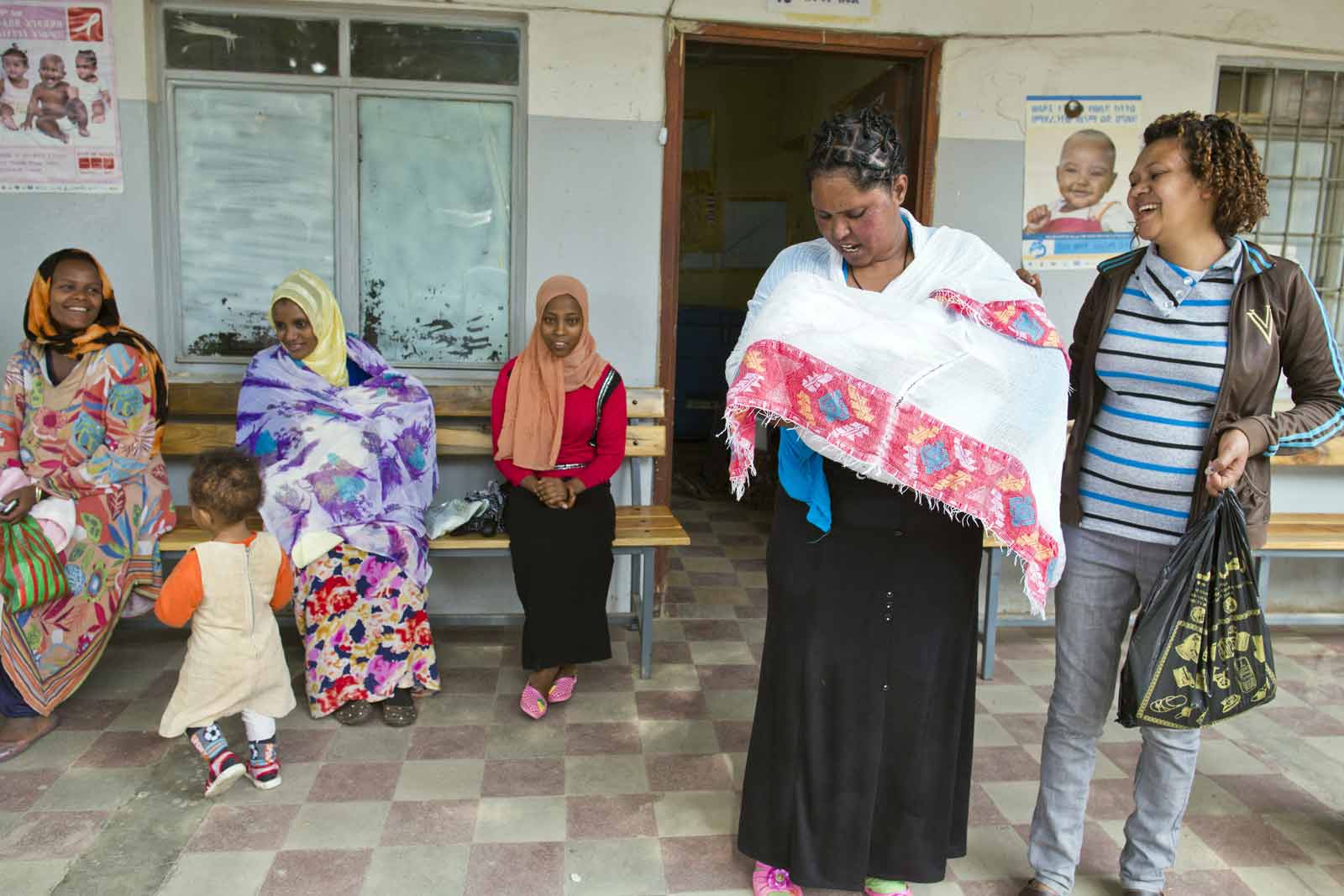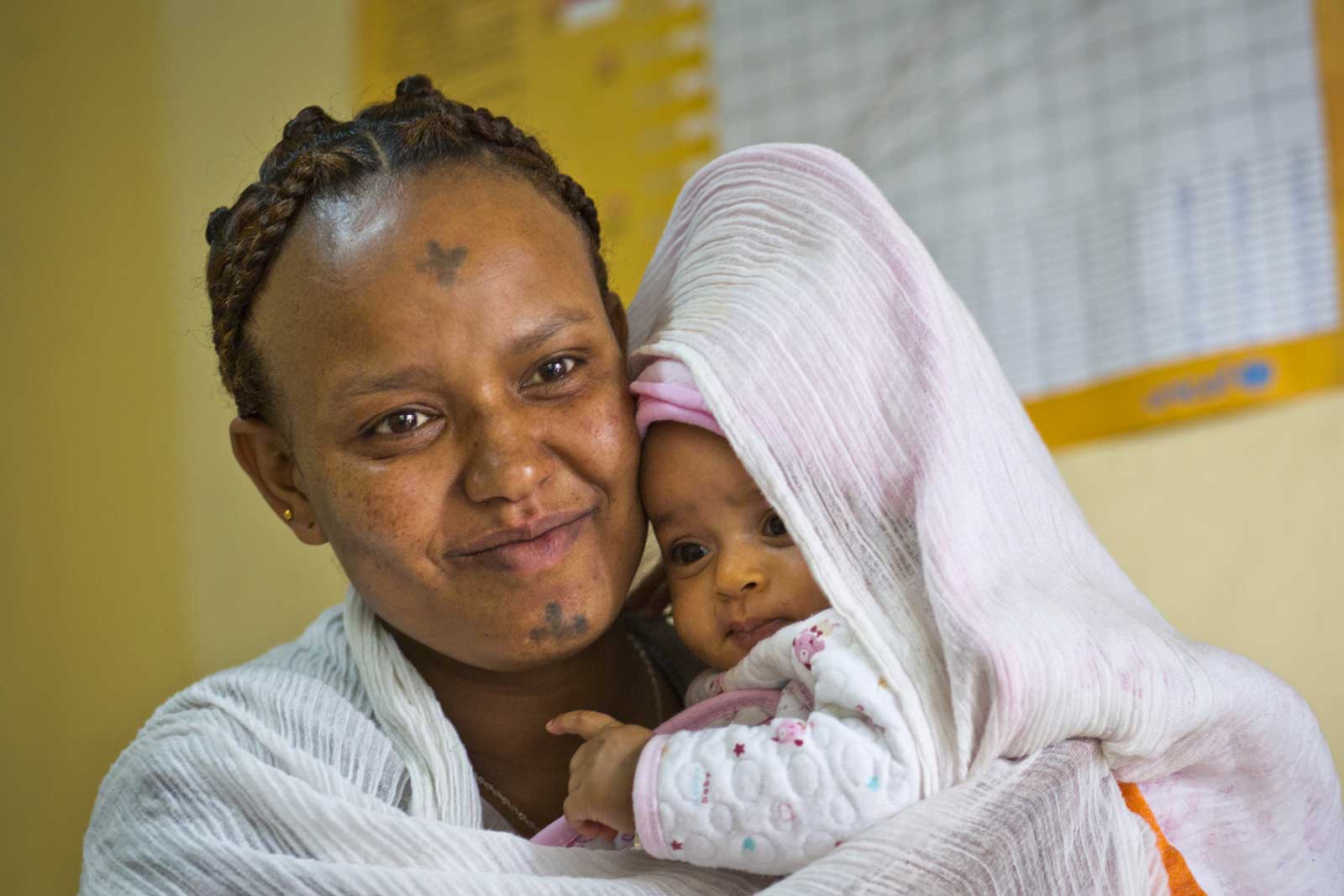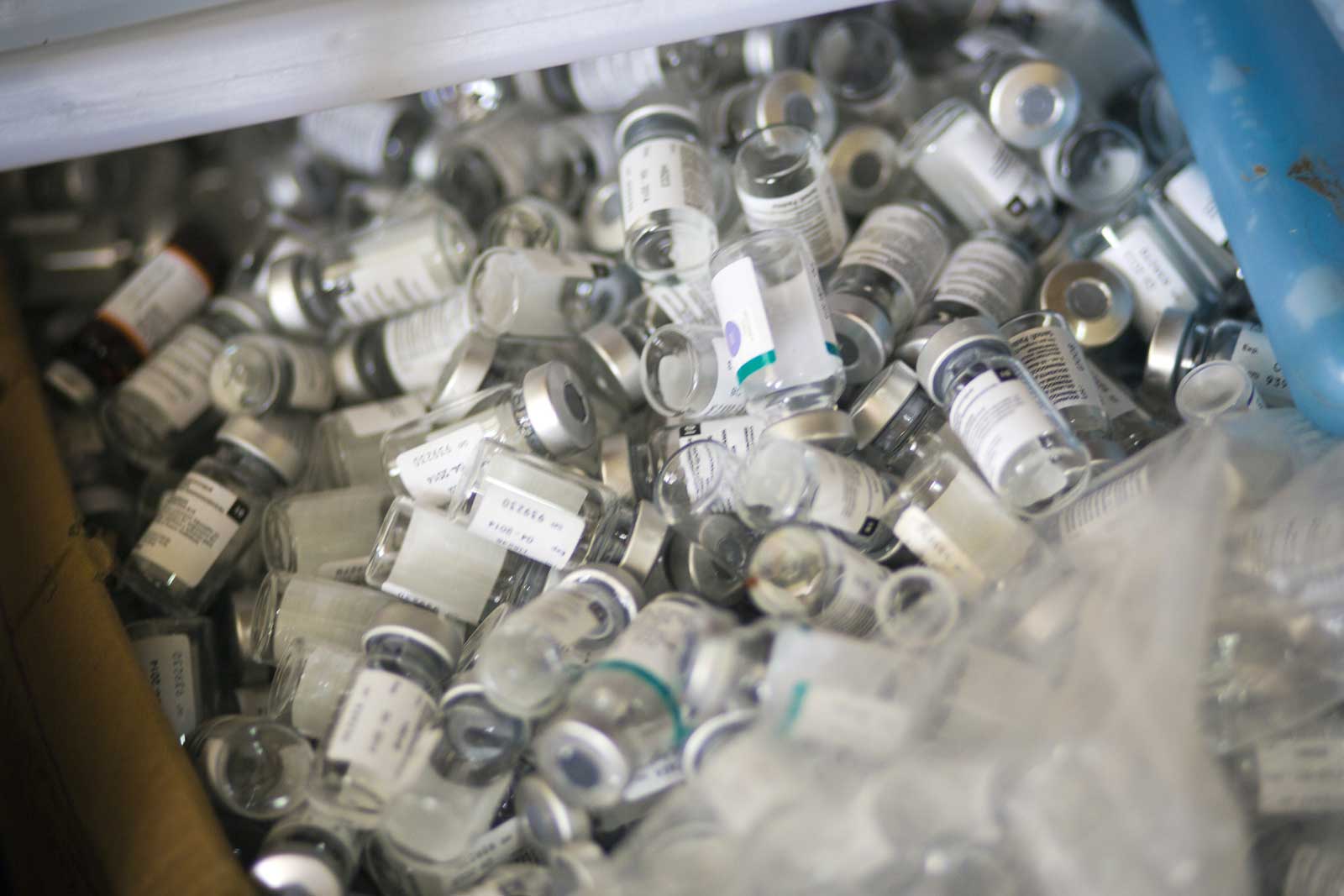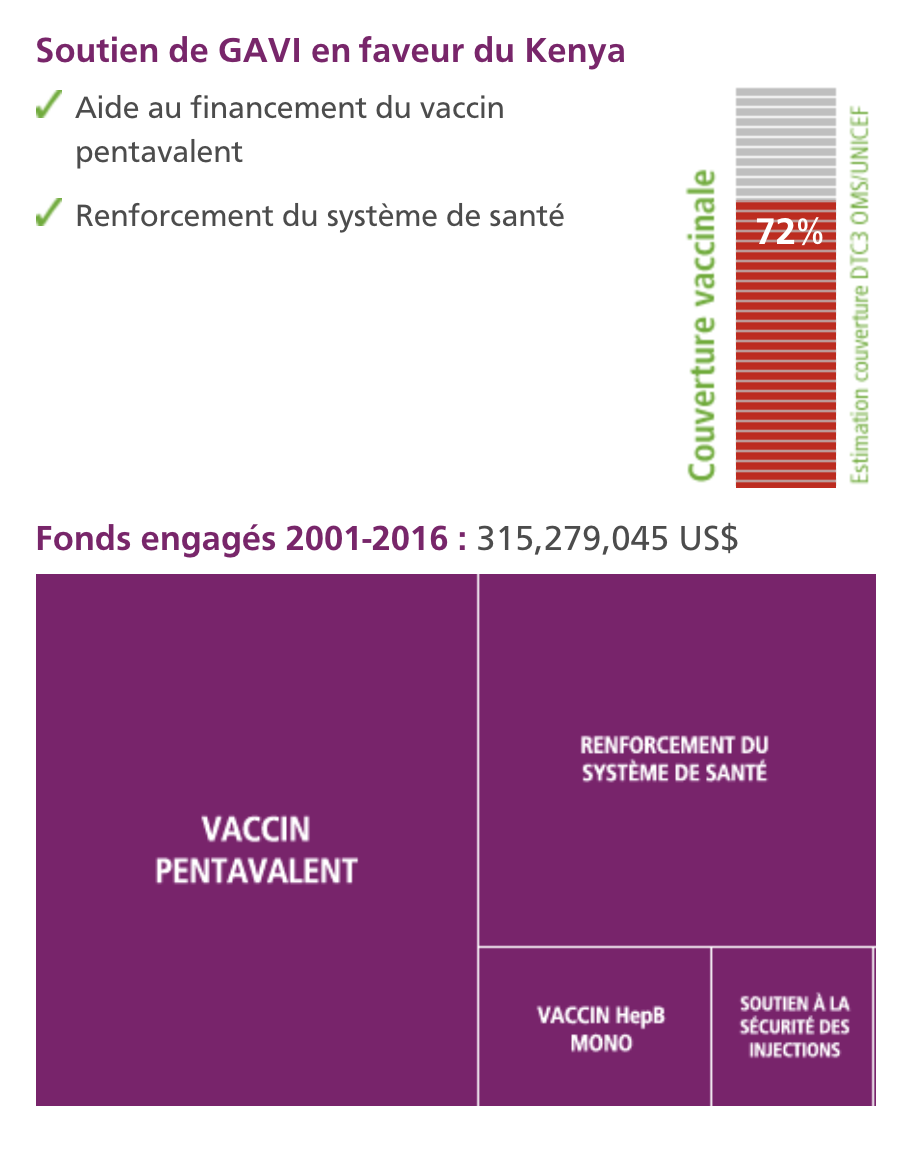EFFORTS TO REACH EVERY CHILD CALL FOR CHANGING THE COUNTRY’S NUMBERS CULTURE
Checking childrens’ birth dates and their last vaccinations are the first questions that Sister Sofia Benti asks when she runs immunisation sessions among the herding communities of Ethiopia’s arid Afar region.
Yet, as the Sister visits herders’ tents scattered across dusty plains dotted with foraging cattle, the answers rarely add up.
Semeli Basule thinks her eldest child Sami Hassan has had all his vaccinations. Six-month old Elema needs other vaccines, she believes. Unfortunately, both children’s vaccination cards have been lost.
“We have evidence that Elema has been vaccinated,” says Sister Benti, responsible for immunisation in Awash Fentale woreda*, “The problem of having no card is that we do not know how many vaccinations Sami has had.”
Daunting barrier
While living things count for Afar’s herding communities, their very value means people have a distinct aversion to revealing their existence. That includes not sharing the number of goats, cattle and camels in their herds, not making note of birth dates and having only an approximate idea of their own and their children’s ages.
For heath workers like Sister Benti committed to immunising Ethiopia’s children, this can be a daunting barrier.
Despite reticence on numbers, one statistic speaks very clearly. At the last recording, only 23% of Afar’s children had been vaccinated against diphtheria, tetanus and pertussis - a far cry from the 84% coverage rate in the nation’s capital, Addis Ababa.
Monthly two-day effort
Ethiopia’s government has recognised that the only way to improve immunisation rates among children in these pastoralist communities is through routine outreach programmes like the one taking place today.
Sister Sofia’s visit to Mirahot is part of a monthly two-day effort during which nurses and health extension workers will seek to immunise as many eligible children living in the seven rural kebeles in Awash Fentale as possible.
The programmes entail transporting vaccines by automobile and motorbike to and from far-flung clinics that have vaccine storage refrigerators.
To ensure the numbers do add up, the programmes also require keeping track of pastoralist families who can move as often as twice a year in search of water or pasture.
Awareness campaigns
Half a decade ago, it was not enough to find families. Sister Amelework Eshetu had to convince parents that immunisation was not a type of birth control – a dire threat for Afar’s people who hope to have as many children as possible as a safeguard against the difficult conditions under which they live.
Sister Eshetu remembers being driven away from a family at gunpoint. She successfully turned to the family’s neighbours, asking them to convince the father that allowing his pregnant wife to be vaccinated against tetanus could avert a fatal illness in the yet-to-be-born baby.
Thanks to awareness campaigns and the efforts of health extension workers recruited from their own communities, hostility towards vaccination has receded dramatically in Afar. Now, there are signs that access to accurate population and healthcare data is improving.
Unlike the population they serve, the immunisation outreach workers are not averse to counting. With their detailed knowledge of the community, they estimate that there are some 500 children below the age of 12 months in Awash Fentale. They expect to fully immunise 420 of them this year.
*A woreda is the third-level administrative division of Ethiopia. Woredas are composed of a number of wards (kebele), or neighbourhood associations, which are the smallest unit of local government in Ethiopia.
